 by "ttyymmnn" (ttyymmnn)
by "ttyymmnn" (ttyymmnn)
Published 11/21/2017 at 12:35
 by "ttyymmnn" (ttyymmnn)
by "ttyymmnn" (ttyymmnn)
Published 11/21/2017 at 12:35
Tags: planelopnik history
; Planelopnik
STARS: 12
!!! UNKNOWN CONTENT TYPE !!!
Welcome to
This Date in Aviation History
, getting of you caught up on milestones, important historical events and people in aviation from November 18 through November 21.
!!! UNKNOWN CONTENT TYPE !!!
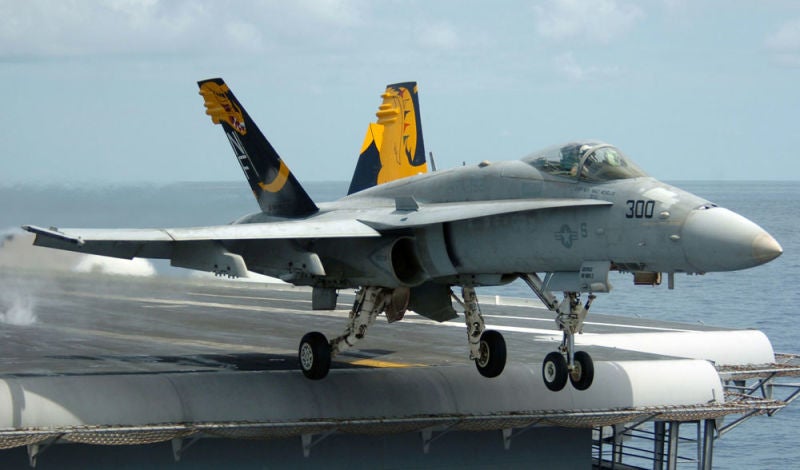
November 18, 1978 – The first flight of the McDonnell Douglas F/A-18 Hornet. In the 1970s, the US Navy faced a situation where they had an excellent fleet defense fighter in the Grumman F-14 Tomcat , but needed a new multi-role fighter to replace their aging fleet of McDonnell Douglas F-4 Phantom IIs and Douglas A-4 Skyhawks . However, developing a new fighter to fit their requirements was sure to be an enormously expensive endeavor at a time of congressional pressure to rein in defense spending. In an effort to reduce costs, Grumman offered a stripped down version of the F-14, and McDonnell Douglas suggested a naval variant of their F-15 Eagle . But to modify both aircraft would have cost roughly the same as developing a brand new aircraft. So the Navy turned its attention to the two fighters that had recently competed for the US Air Force Lightweight Fighter (LWF) contract, the General Dynamics YF-16 and the Northrop YF-17 .
General Dynamics had won the Air Force contract, but the Navy felt that the F-16 would not make a suitable carrier fighter, as its landing gear was too narrow and it had only a single engine, as the Navy preferred multi-engine aircraft for added safety for missions over open waters. So, the Navy decided to adopt a carrier-modified version of the YF-17, which became the F/A-18 Hornet. Northrop teamed with McDonnell Douglas, who had an extensive history of developing aircraft for the US Navy, and together they worked to make the unsuccessful Air Force fighter suitable for Navy carrier operations.
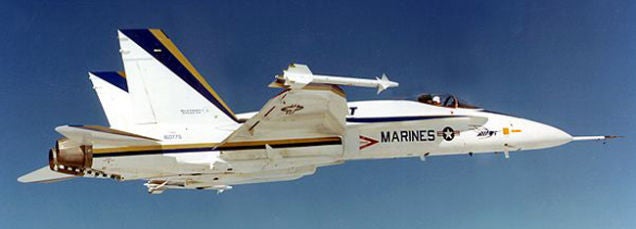
To make the YF-17 compatible to the rigors of operating from an aircraft carrier, the airframe, undercarriage and tailhook were all strengthened, the landing gear was widened and given catapult attachments, and folding wingtips were installed to allow for carrier storage. For long overwater missions, the fuel capacity was increased, giving the F/A-18 its distinctive dorsal hump, and additional fuel storage was added to the wings. The partial fly-by-wire system of the YF-17 was modernized and replaced by a quadruple-redundant, complete fly-by-wire system. And, where the F-14 was primarily an air superiority fighter, the Hornet would be a multirole fighter, and was given the prefix F/A to denote its dual role as fighter and ground attack aircraft.
Production of the Hornet began in 1978, and the new fighter entered service with the Navy and Marine Corps in 1983. It wasn’t long before the Hornet began combat operations, taking part in action against Libya as part of
Operation Prairie Fire
and
Operation El Dorado Canyon
in 1986. When the Navy started phasing out the
Grumman A-6 Intruder
the 1990s, the Hornet took over the Intruder’s ground attack mission and, as a testament to its truly multirole design, it was not uncommon for Hornets to shoot down Iraqi aircraft and then drop bombs on ground targets during the same mission during the
Gulf War
of 1990. The Hornet has seen numerous upgrades during its service life, and almost 1,500 have been built for service with the Navy and Marine Corps, plus numerous export countries. McDonnell Douglas used the F/A-18 as the basis for the larger and more advanced
F/A-18E/F Super Hornet
, but while it bears a strong resemblance to its predecessor, the Super Hornet is actually an entirely new aircraft, and not a true variant.
(US Navy photos)
!!! UNKNOWN CONTENT TYPE !!!
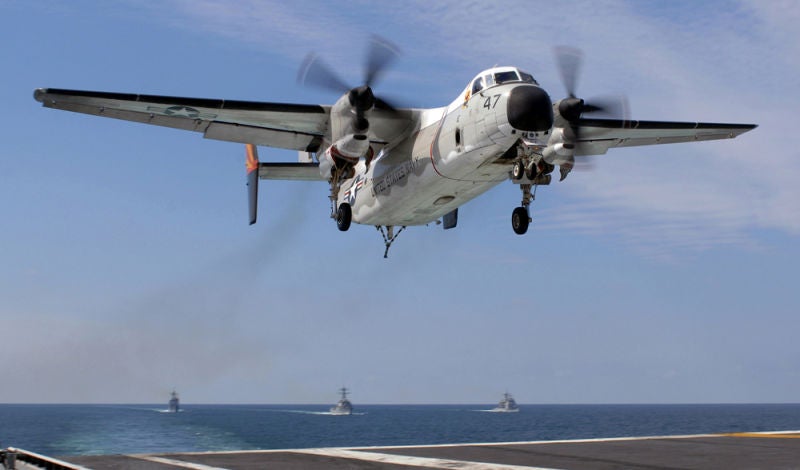
November 18, 1964 – The first flight of the Grumman C-2 Greyhound. To those who shipped or received packages in the days before the Internet, “COD” stood for “Collect On Delivery,” a now-outdated way to send a package and have the recipient pay for the shipping. But to the US Navy, “COD” means “Carrier Onboard Delivery,” and it is a vital means for an aircraft carrier and its battle group to receive mail, replacement engines, personnel, or any other critical supplies more quickly than can be done by underway replenishment ships. But in order to provide a useful cargo load, the airplane has to be big, and there are restrictions on the size of aircraft that can be operated safely from a carrier deck. In 1963, the Navy experimented with a Lockheed C-130 Hercules landing and taking off from the USS Forrestal . While those tests proved that the Herk could carry as much as 85,000 pounds and still land and take off, the Navy decided that it was just too risky and the project was abandoned. It was better to have a dedicated carrier aircraft perform the task.
Before the advent of the Greyhound, COD had been carried out by the Grumman C-1 Trader , a variant of the Grumman S-2 Tracker , a piston-powered antisubmarine warfare (ASW) aircraft, but limitations in its payload and range meant that a more robust aircraft was needed. So the Navy turned to another large carrier aircraft, one they already had in their inventory, the Grumman E-2 Hawkeye , which began life as an airborne early warning (AEW) platform. By removing the radome, widening the fuselage and adding a rear cargo door, the Navy found just what it was looking for, and the new aircraft was designated the C-2 Greyhound. The Greyhound’s Allison T56 turboprop engines provide the necessary power, and up to 10,000 pounds of cargo and/or passengers can be carried as far 1,500 miles. And, like the Hawkeye, the wings of the Greyhound can be folded for carrier storage.

The C-2 proved to be a true workhorse, delivering two million pounds of cargo, two million pounds of precious mail, and 14,000 passengers during just two years of operations in Europe and the Mediterranean from 1985 to 1987. Greyhounds also flew during Operations Desert Shield and Desert Storm during the
Gulf War
, as well as Operation Enduring Freedom as part of the
war in Afghanistan
. However, despite its proven capabilities, the Greyhound’s days appear to be numbered. In 2015, the Navy decided on a
controversial plan
set to begin in 2021 to replace the C-2 with the
Bell Boeing V-22 Osprey
for all future COD missions, in spite of Grumman’s bid to modernize the fleet of Greyhounds. But the Osprey will not be able to carry the same weight of cargo, and it remains to be seen if the V-22 can offer the same stellar operational capabilities as its venerable predecessor.
(US Navy photos)
!!! UNKNOWN CONTENT TYPE !!!
!!! UNKNOWN CONTENT TYPE !!!
!!! UNKNOWN CONTENT TYPE !!!
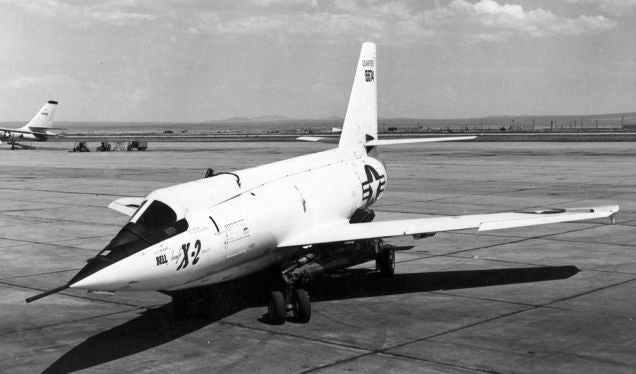
November 18, 1955 – The first flight of the Bell X-2, a joint project between Bell Aircraft , the US Air Force and the National Advisory Committee for Aeronautics (NACA) to produce a rocket-powered plane to explore flight characteristics between Mach 2 and Mach 3. Nicknamed Skybuster , a name seldom used officially, the X-2 was carried aloft by a Boeing B-50 Superfortress mother ship, and the two X-2s completed 20 test flights before the program ended in 1956. Aircraft No. 2 was lost along with test pilot Jean “Skip” Ziegler on June 27, 1952 after an inflight explosion while still attached to the B-50. Tests continued with aircraft No. 1 and, September 27, 1956, pilot Milburn G. “Mell” Apt became the first person to exceed Mach 3, but he lost control of the aircraft and was killed in the ensuing crash. (NASA photo)
!!! UNKNOWN CONTENT TYPE !!!

November 18, 1923 – The birth of Alan Shepard. Shepard has the distinction of being the first American to go to space when he flew a suborbital mission on Freedom 7 , and he became the oldest astronaut (at the time) when he commanded the Apollo 14 mission, piloting the lunar lander Antares to the most accurate landing of all the Apollo missions. A diagnosis of Ménière’s disease , a condition that affects the inner ear, ended Shepard’s flying career, but he continued to serve as the Chief of the Astronaut Office until 1969. Shepard was promoted to the rank of rear admiral in the US Navy, the first astronaut to reach that rank, and he retired from the US Navy and NASA in 1974. Shepard died on July 21, 1998 at the age of 74. (NASA photo)
!!! UNKNOWN CONTENT TYPE !!!
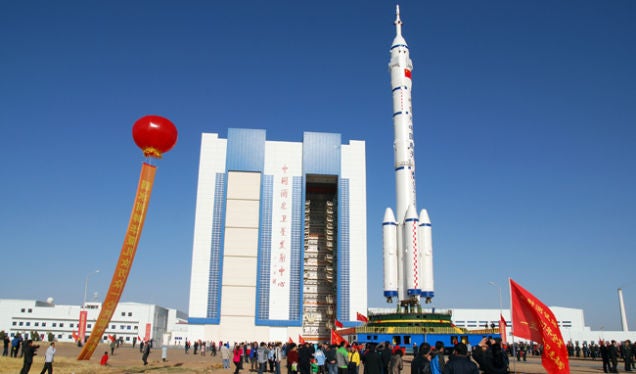
November 19, 1999 – The launch of Shenzhou 1, the first launch as part of China’s efforts to develop a manned space program. The unmanned Shenzhou 1 was used mainly as a test for the Long March 2F rocket that would lift future missions into space, and as such, the crew capsule was equipped with minimal systems and did not include any life-support equipment for future crews. The Shenzhou 1 completed 14 orbits of the Earth before re-entering the atmosphere and landing in Mongolia. China’s first manned mission, Shenzhou 5 , took place on October 15, 2003. (Photo of Long March 2F by DLR via Wikimedia Commons )
!!! UNKNOWN CONTENT TYPE !!!
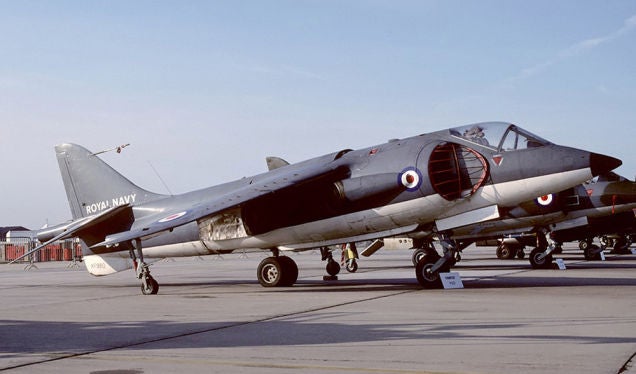
November 19, 1960 – The first flight of the Hawker Siddeley P.1127. Following the development of the Pegasus ducted fan engine by the Bristol Engine Company, Hawker Siddeley decided to use the new engine to create a V/STOL aircraft to fulfill a NATO specification for a light tactical fighter. With funding and technical assistance from the US, six P.1127 prototypes were built. The P.1127 was subsequently developed into the Kestrel FGA and finally the Harrier Jump Jet , which entered service in 1969. (Photo by Mike Freer via Wikimedia Commons )
!!! UNKNOWN CONTENT TYPE !!!

November 20, 1953 – The Douglas Skyrocket exceeds Mach 2. The Skyrocket was a Navy-funded project to construct a jet- and rocket-powered aircraft to explore supersonic flight. The D-588-2 was the second in a planned series of three aircraft that was to culminate in the mockup of an actual fighter, though that aircraft was never built. Douglas built three Skyrockets, and between them they flew 313 test missions. The record-breaking flight by test pilot Scott Crossfield marked the first time that anybody had exceeded Mach 2 in a piloted aircraft. The final mission of the Skyrocket was flown in August of 1956, and the program gathered important data and understanding about stable, controlled flight of swept-wing aircraft at both transonic and supersonic speeds. (NASA photo)
!!! UNKNOWN CONTENT TYPE !!!
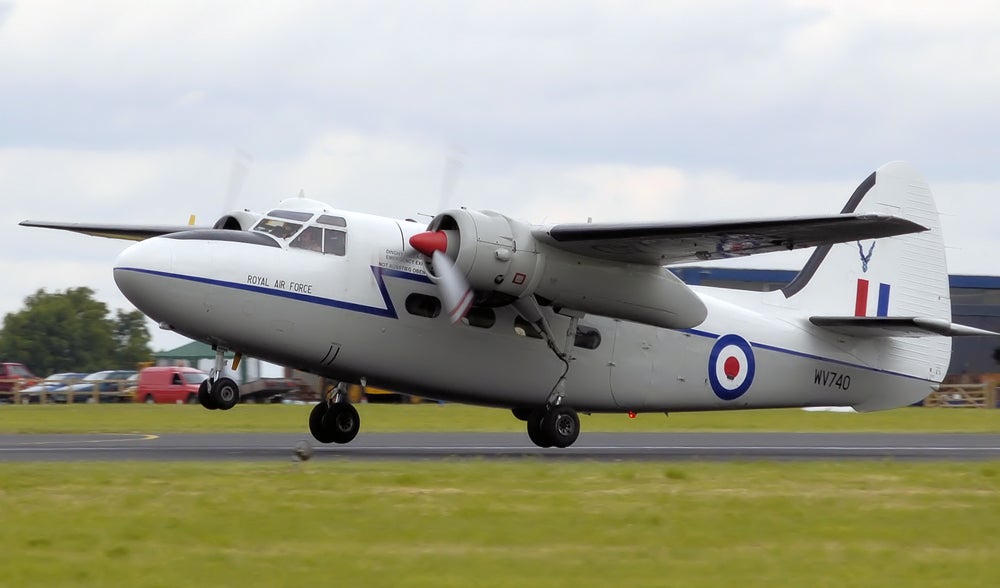
November 21, 1952 – The first flight of the Percival Pembroke, a twin-engine, light transport aircraft that was developed from the earlier Percival Prince . Introduced in 1953, the Pembroke replaced the Avro Anson with the RAF for transport duties, where it was known as the Percival C.1, and it followed standard RAF practice of having the passenger seats face rearward for safety. In addition to its transport duties, the Percival served as a reconnaissance aircraft with both the RAF and the Finnish Air Force, and production ended in 1958 after 128 aircraft were built. The Percival served the RAF until 1988. (Photo by Arpingstone via Wikimedia Commons )
!!! UNKNOWN CONTENT TYPE !!!
!!! UNKNOWN CONTENT TYPE !!!
!!! UNKNOWN CONTENT TYPE !!!
!!! UNKNOWN CONTENT TYPE !!!
!!! UNKNOWN CONTENT TYPE !!!
!!! UNKNOWN CONTENT TYPE !!!
!!! UNKNOWN CONTENT TYPE !!!
If you enjoy these Aviation History posts, please let me know in the comments. And if you missed any of the past articles, you can find them all at
Planelopnik History
. You can also find more stories about aviation, aviators and airplane oddities at
Wingspan
.
!!! UNKNOWN CONTENT TYPE !!!
 "WilliamsSW" (williamssw)
"WilliamsSW" (williamssw)
11/21/2017 at 12:54, STARS: 1
I love that shot of the Hornet rolling off the carrier deck at the top!
And I never knew that the Greyhound was a thing until last spring, when we went to San Diego on vacation, and stayed on the beach, and saw Greyhounds landing and departing constantly right over our heads. Not the prettiest airplane in the world, but a workhorse that does its job.
 "Future next gen S2000 owner" (future-next-gen-s2000-owner)
"Future next gen S2000 owner" (future-next-gen-s2000-owner)
11/21/2017 at 13:05, STARS: 1
....congressional pressure to rein in defense spending.
Ahhhh, remember those days? When Congress passed a budget and didn’t view spending as an open checkbook?
 "Chariotoflove" (chariotoflove)
"Chariotoflove" (chariotoflove)
11/21/2017 at 13:23, STARS: 0
Great run down of the Hornet. Thanks. Your link to Ménière’s disease is broken.
 "Bman76 (hates WS6 hoods, is on his phone and has 4 burners now)" (bman76-4)
"Bman76 (hates WS6 hoods, is on his phone and has 4 burners now)" (bman76-4)
11/21/2017 at 13:59, STARS: 1
I love the F-18, I had/have a VHS of the Blue Angels trip to to Russia that I watched endlessly as a kid. There’s few things better than an F-18 doing high angle of attack maneuvers with Queen’s “It’s a Kind of Magic” playing, it’s just pure... magic.

 "ttyymmnn" (ttyymmnn)
"ttyymmnn" (ttyymmnn)
11/21/2017 at 15:12, STARS: 0
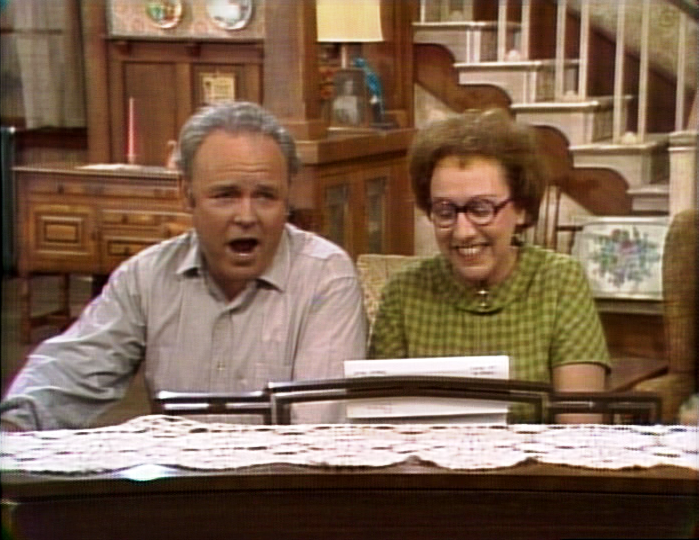
 "gmporschenut also a fan of hondas" (gmporschenut)
"gmporschenut also a fan of hondas" (gmporschenut)
11/21/2017 at 22:22, STARS: 0
!!! UNKNOWN CONTENT TYPE !!!